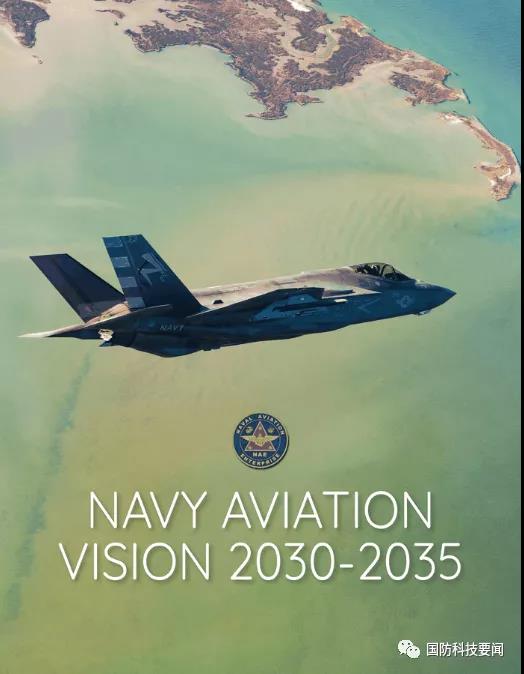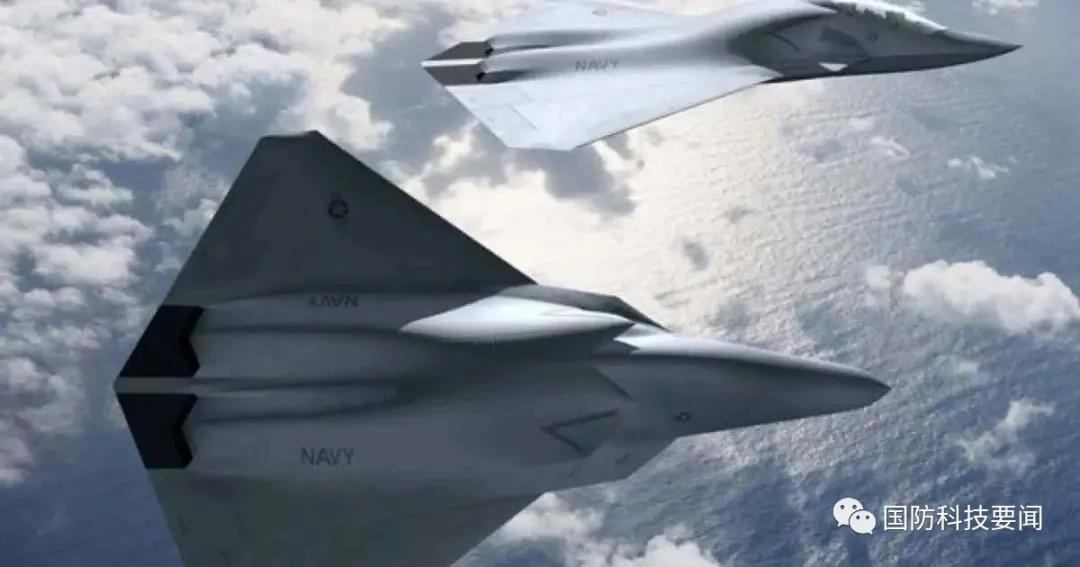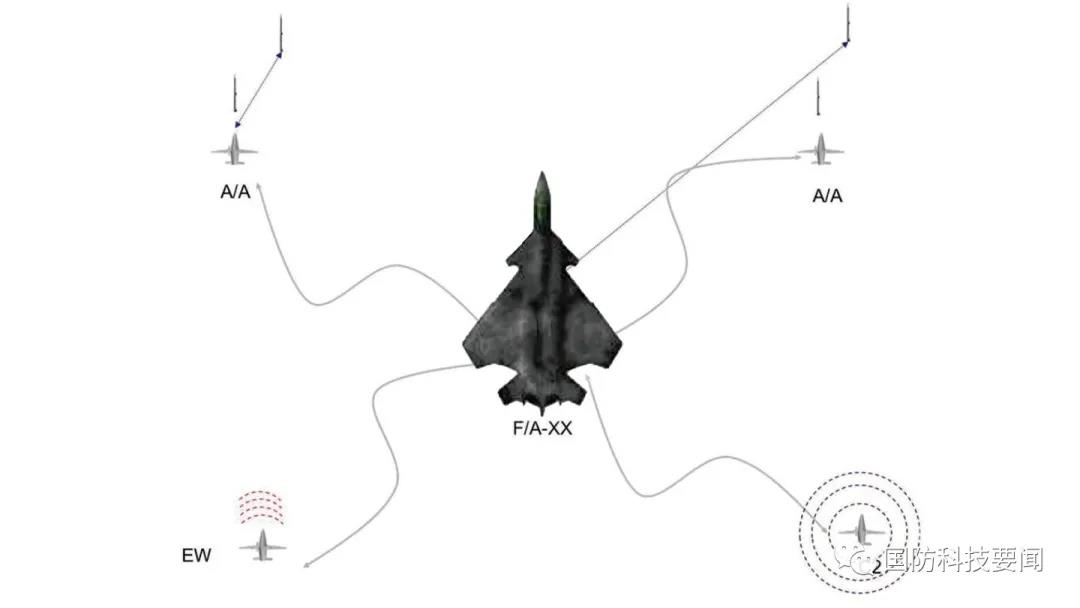The US Navy releases the operational concept map of the next-generation fighter F/A-XX

On October 29th, the US Navy released the "Naval Aviation Vision 2030-2035" document (public version), which revealed its next-generation fighter jet F/A-XX combat concept design and new details. The F/A-XX fighter jet is part of the Next Generation Air Dominance (NGAD) project, aimed at replacing the F/A-18E/F "Super Hornet" fighter jet that will be in service until the 2030s.

Concept map of the next generation attack fighter F/A-XX released by Boeing
The US Navy's F/A-XX next-generation attack fighter has a longer range and faster speed than the current "Super Hornet", integrates passive and active sensor technology, and can carry future long-range weapons. Play the role of "quarterback" (initiator of American football organization attacks) in a manned unmanned formation consisting of drones carrying ammunition, equipped with electronic warfare, and command and control systems.
Among them, the ability of F/A-XX fighter jets to have longer range and faster speed will enable aircraft carriers to take off and land F/A-XX fighter jets at a greater distance from the target. After being equipped with long-range weapons and hypersonic missiles, the F/A-XX fighter jet will further expand its defense zone. At the same time, keep the aircraft carrier away from the threat of enemy anti-ship cruise missiles, ballistic missiles, and other defense systems.
In addition, the "Naval Aviation Vision 2030-2035" document clearly states that the F/A-XX fighter jet will become the core of the manned unmanned collaborative combat capability of future carrier based air squadrons:
The next generation of air superiority will include unmanned formation platforms with F/A-XX fighter jets as the "quarterback", where manned/unmanned aircraft and "consumable components" will be used across domains to achieve comprehensive kinetic and non kinetic firepower within the tactical range. With the increasing maturity of autonomy and machine learning technology, an evaluation will be conducted on the combination of F/A-XX and manned/unmanned platforms to ensure the formation of the most lethal and economical carrier based aircraft squadron
——Naval Aviation Vision 2030-2035 (Public Version)

The figure shows two unmanned aerial vehicles carrying air-to-air missiles ("A/A"), one equipped with electronic warfare ("EW") system, and one equipped with command and control ("C2") system, grouped with F/A-XX. Although no detailed information was provided, it is highly likely that the C2 drone is equipped with advanced communication gateways that can connect stealth fighters (such as F/A-XX), as well as ground and sea nodes outside of non stealth fighters.
Overall, the US Navy's "Naval Aviation Vision 2030-2035" largely identifies its core requirements for the F/A-XX fighter jet and introduces advanced unmanned platforms into naval air combat. After the retirement of the F/A-18E/F Super Hornet fighter, the combination of F-35C and F/A-XX fighter jets will provide the US Navy with tactical fighter capabilities and become the main carrier based aircraft model. The US Navy hopes that the F/A-XX fighter jet will maintain a leading edge in future battlefields with excellent maneuverability and stealth technology.
Source: National Defense Technology News